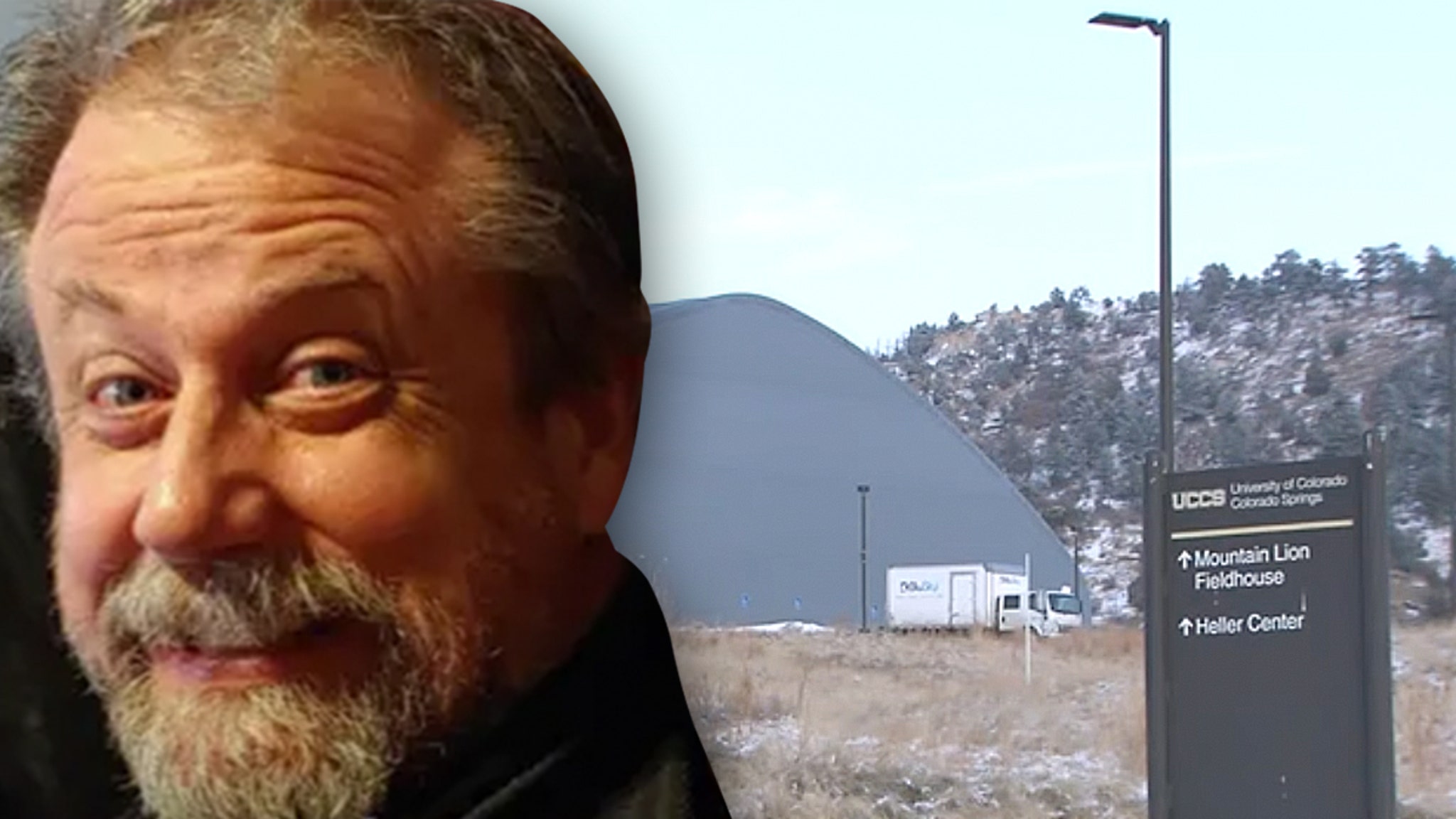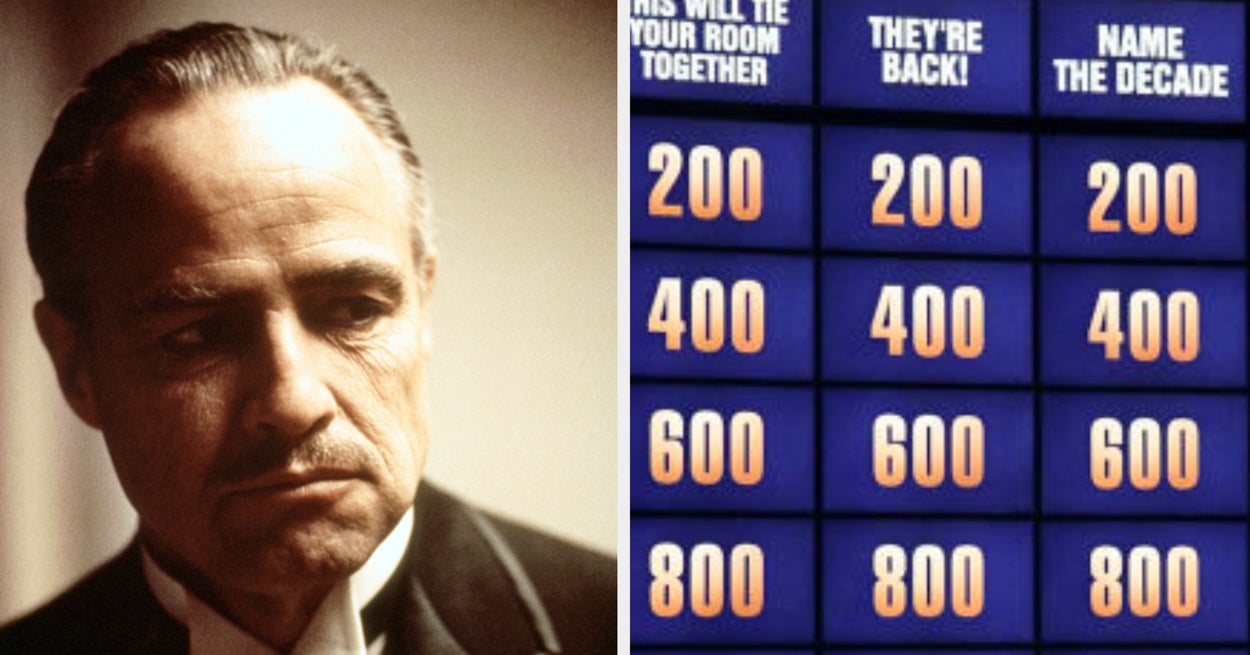Unlock the Editor’s Digest for free
Roula Khalaf, Editor of the FT, selects her favourite stories in this weekly newsletter.
The Israeli military has seized a plot of Palestinian land at the heart of an archaeological site deep in the occupied West Bank, where Israel’s heritage ministry confirmed its plans to raise a “gigantic flagpole”.
The seizure this month was one of several moves by Prime Minister Benjamin Netanyahu’s far-right government to expand control over cultural heritage sites in the West Bank, alongside numerous moves to expand Jewish settlements and entrench Israel’s presence in the occupied territory.
Maj Gen Avi Bluth, who assumed control of the Israeli army command responsible for forces in the West Bank, signed the order seizing a 1300 sq metre plot of land at the summit of Tel Sebastia on July 10. The general cited unspecified “military needs”, according to a document seen by the Financial Times.
The Israeli military did not immediately respond to a request for comment.
But Assaf Cohen, an aide to Israel’s ultranationalist heritage minister, confirmed the seizure was intended for erecting a “gigantic” Israeli flagpole as part of Sebastia’s transformation into “a tourist site accessible to all the people of Israel, God willing.”
Sebastia, also known by the Hebrew name Samaria, was capital of the ancient Israelite kingdom in the Iron Age, about 2,900 years ago. The archaeological site contains layers spanning millennia of its inhabitation. Its biblical prominence has made it controversial for efforts by Israeli religious nationalists to settle, seize and develop the site.
Sebastia is a candidate for inclusion in Unesco’s list of cultural heritage sites after an application was submitted by the Palestinians in 2012, citing its prominence in Christian and Islamic traditions and archaeological remains “from the Iron Age, Persian, Hellenistic, Roman, Byzantine, Islamic period”.
The archaeological site is divided between Israeli-controlled Area C and Palestinian-administered Area B of the West Bank, with the adjoining village of Sebastia under Palestinian civil authority. Several years ago the Palestinians erected a flagpole and large flag of their own at the site.
Last year Netanyahu’s government earmarked Shk32mn ($8.7mn) to develop the site for tourism and begin charging entry fees, which the Israeli NGO Peace Now criticised at the time as an attempt “to expand settler visits [and] simultaneously reduce the Palestinian presence”.
Alon Arad, director of Emek Shaveh, an NGO opposed to the politicisation of archaeology in the Israeli-Palestinian conflict, said the land seizure was “another move aimed to disconnect the Palestinian residents of the village Sebastia from their heritage, deprive them of their identity and livelihood and irreparably destroy the unique values that render the site worthy of inclusion in the list of World Heritage Sites”.
Arad said the government’s “weaponising of heritage in the attempt to determine exclusive rights to land is not only a crime against communities but against history itself”.
The Palestinians see the West Bank as part of a future independent state. But Israel has occupied the territory since capturing it along with the Gaza Strip and East Jerusalem in the 1967 war.
In the years since, it has built dozens of settlements in the West Bank, which most of the international community considers illegal. Since Hamas’s October 7 attack, which triggered the war in Gaza, the Israeli government has taken further steps to entrench its presence in the territory, stepping up land seizures and advancing the construction of thousands of housing units in settlements.
Last week Israel’s parliament, the Knesset, passed a resolution “decisively opposing” a Palestinian state, underscoring its deep opposition to a two-state solution to the conflict.







































:quality(85):upscale()/2025/01/30/728/n/1922564/bae21b97679ba8cf1dcb88.10828921_.png)


























![Naomi Jon – Ordinary (feat. Jay Samuelz) [Official Music Video] Naomi Jon – Ordinary (feat. Jay Samuelz) [Official Music Video]](https://i.ytimg.com/vi/kSlekSwbyIU/maxresdefault.jpg)







:quality(85):upscale()/2024/06/20/949/n/1922564/e9c25c576674a354eb3360.52837209_.png)

